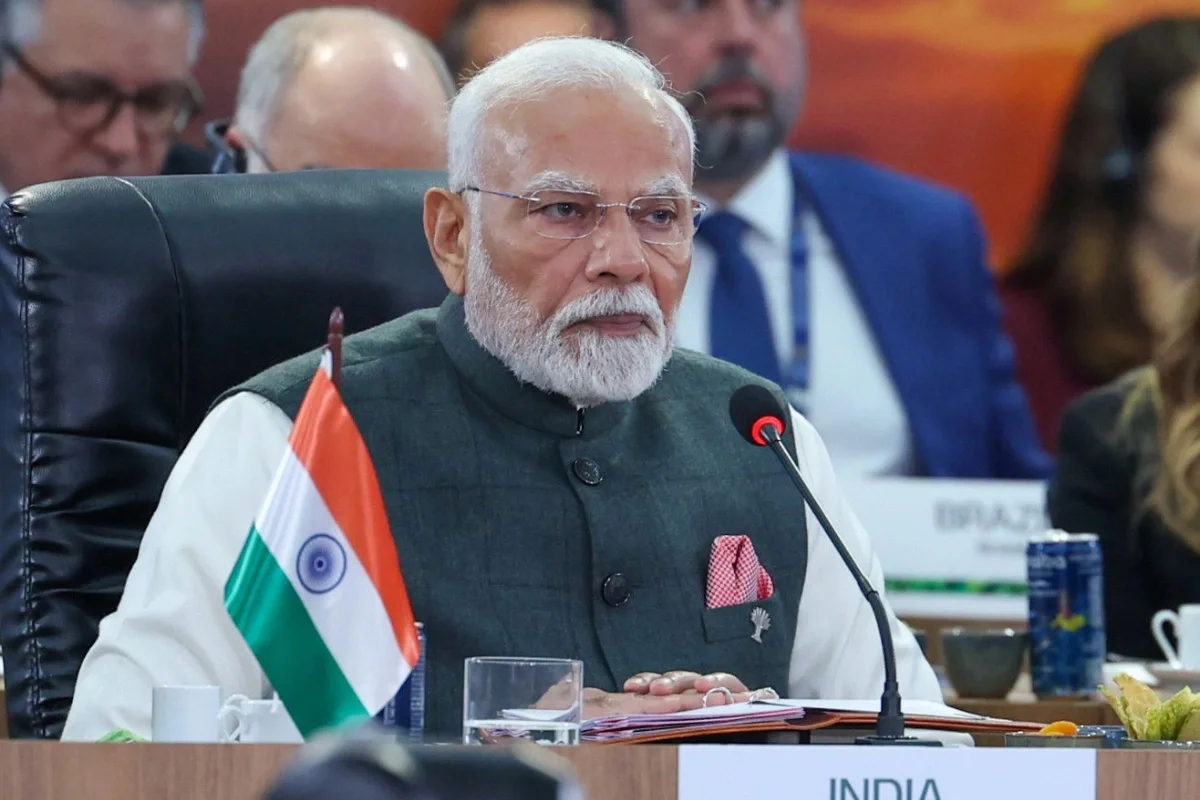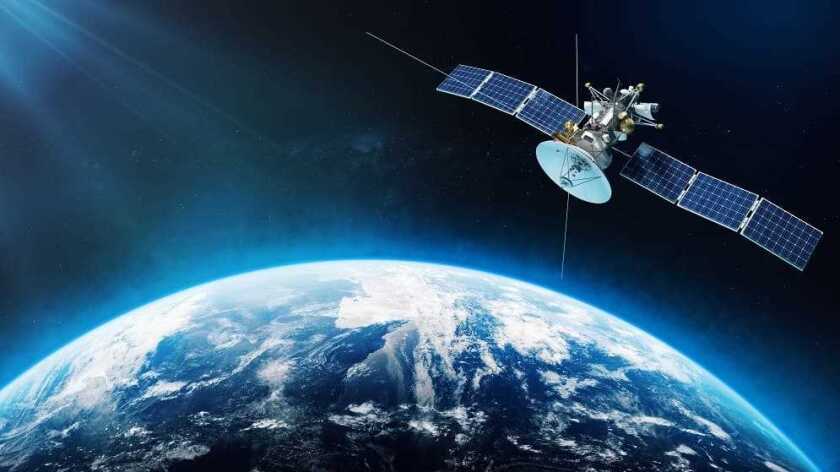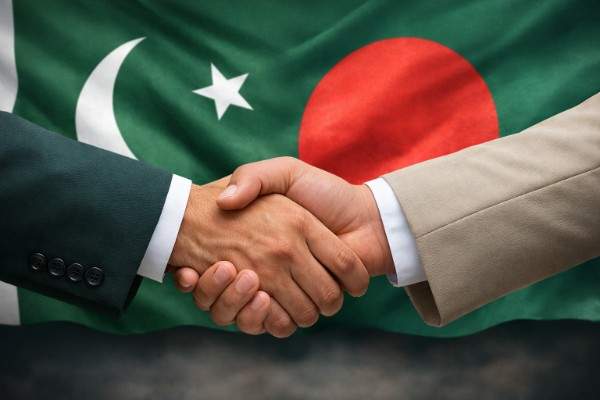As New Delhi prepares for the presidency of BRICS in 2026, hosting the 18th summit with plans to give this group a “new form”. But will India’s leadership represent strategic autonomy, or will Western, especially American, pressure continue to shape India’s economic diplomacy? Understanding of these matters because India’s choices will impact the Global South’s economic alternatives.
New Delhi’s behaviour is somehow contradictory. On one hand, India, along with Russia, China, and Brazil, has designed BRICS to counter global Western economic dominance. On the other hand, it rejected the Regional Comprehensive Economic Partnership (RCEP) in 2019, which would have been the largest trade agreement. This opposite reaction shows how the economic, political, and strategic forces can change foreign policy in different directions.
India officially withdrew due to concerns about the dumping of manufactured goods from China and agricultural products from Australia and New Zealand. This was not solely a Government decision, but India’s business groups in automobiles, steel, farming and chemical sectors also opposed the deal. Domestic lobbies like the Swadeshi Jagran Manch organized nationwide protests against RCEP to favour indigenous production.
While domestic interests influenced India’s withdrawal from RCEP, it also aligned perfectly with the American strategic interests. Chinese economic influence in Asia is a strategic challenge for the United States. India’s being out of the RCEP meant to avoid deeper economic integration with China and the broader Asia Pacific Region. The result gave benefit to both India’s protectionist approach and American geopolitical goals.
India’s active involvement in BRICS tells a different story about its strategic choices. It shows India is willing to build new economic systems that don’t depend on the West. Prime Minister Modi recently declared India would give BRICS a “new form” when it hosts the group in 2026. BRICS has expanded its membership and discusses alternatives to dollar-dominated trade. This engagement projects an image of India as a leader challenging Western economic dominance.
India’s stances within BRICS show a pattern of caution. India has always supported the creation of new financial multilateral institutions and the slow, progressive reduction of reliance on the currency. India adopts stances that enhance rather than replace current institutions, unlike China and Russia, which are in favour of quicker and more drastic breaks from Western financial systems. India’s strategy is to provide alternatives while maintaining relations with Western institutions; it does not essentially challenge American institutions.
This moderation is a result of many factors. India’s economy is closely linked to Western institutions and markets. The existing dollar-dominated economy greatly benefits Indian enterprises, especially those in the technology and services sectors. India also requires access to global capital markets because it receives a lot of foreign investment from Western nations. India’s economic positioning is also influenced by its security relationship with the US, which includes defense alliances and technological exchanges. India’s approach to BRICS projects is shaped by these pragmatic factors.
The 2026 BRICS leadership of India will make its decision public. Whether it’s going to counter Western influence effectively by using the platform of BRICS, or this thing is only confined to speeches. The support includes encouraging trade agreements that circumvent Western financial systems, supporting new development financing that competes with the World Bank and IMF, and supporting alternative payment methods that lessen reliance on the dollar. These choices will reveal India’s actual priorities.
According to current indicators, India is expected to continue taking a cautious stance. Regarding the BRICS financial systems, India stresses “complementarity” with current institutions rather than replacement in its remarks. This wording is important to note because it gives the idea about India’s desire to expand its options without burning ties with its allies in the West. Radical deviations are improbable given the pragmatic advantages India enjoys from its ties with the US and other Western nations. India seems to occupy the middle ground by favouring Global South interests through BRICS leadership and access to Western institutions and markets for beneficial economic partnerships.
This calls into question strategic autonomy in a fundamental way. When India’s decisions are constantly in line with those of global nations, can it really be said to make its own decisions? When Indian interests or Global South goals demand it, true autonomy would necessitate that India occasionally make choices that are unpopular with the US or other Western allies. It would entail backing BRICS projects even if they cause conflict with Washington. India’s autonomy may be limited, as evidenced by its rejection of the RCEP, which matched US objectives, and its adoption of moderate stances in the BRICS, which do not jeopardize US interests.
India has a clear decision to make about its presidency of the BRICS in 2026. Even if doing so causes friction with Western allies, it can guide BRICS toward developing significant alternative economic designs that actually serve the interests of the Global South. Alternatively, it might carry on the tradition of symbolic multilateralism, which involves public leadership but no structural alteration. India’s position in the new multipolar world will be determined by this decision. Will India be a growing power that eventually functions within frameworks formed by established powers, a bridge between various systems, or a true leader of developing nations?
The world is closely observing India’s next course of action. The Global South’s developing nations expect that India would utilize its position as BRICS leader to further their goals of changing the way the world economy is run. Western nations will keep an eye on whether India continues to be a trustworthy partner within the current structures. It is up to India to determine what strategic autonomy actually means, not simply in words. Answers will be given during the BRICS meeting in 2026. The future of global economic multipolarity and India’s role in it will be largely revealed by whether India offers real alternatives or merely token gestures.

Table of Contents
ToggleDur-e-Shehwar
Dureshehwar is a student at the University of the Punjab with a keen interest in geopolitics and foreign policy.













